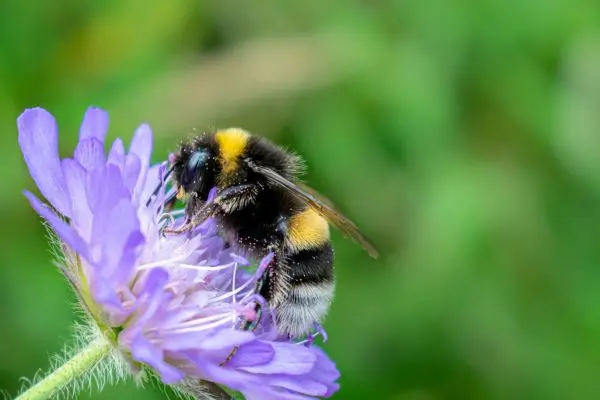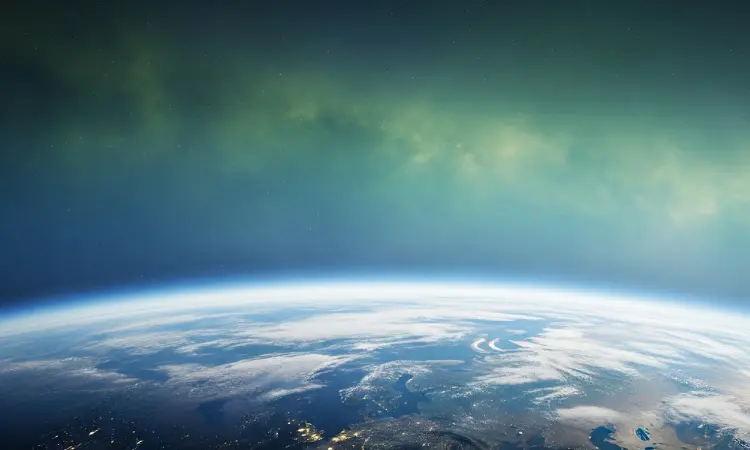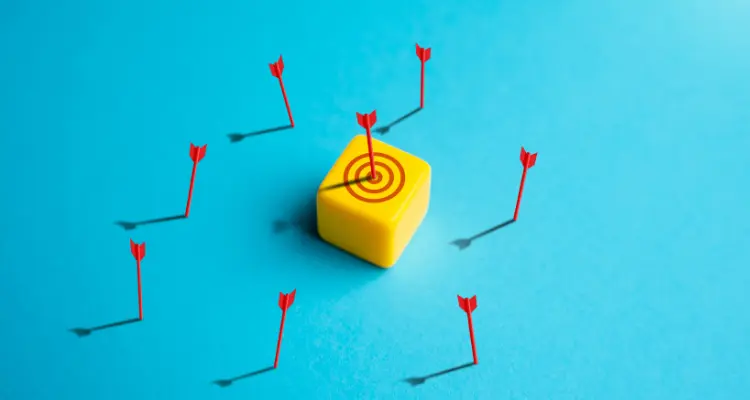Circular Economy Explained: Principles, Benefits, Challenges
The circular economy is a transformative approach to economic development that aims to redefine growth by focusing on positive society-wide benefits.
Here we’ll explain the core details of this concept: what does the term Circular Economy mean, what are the working principles, the benefits, and finally the challenges to this approach.
What Does Circular Economy Mean?
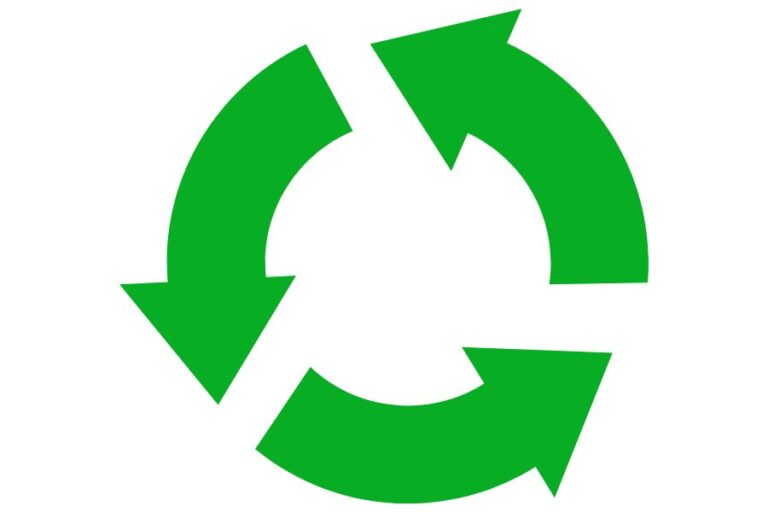
Circular Economy is a system focused on the reuse and recycling of resources. Under this approach the aim is to gradually decoupling economic activity from the consumption of finite resources, designing waste out of the system.
At it’s core, it represents a systemic shift that builds long-term resilience, generates business and economic opportunities, and provides environmental and societal benefits.
Key Principles of the Circular Economy
A Circular Economy should achieve three key principles. Achieve these and the benefits of a circular economy can be harnessed.
1. Designing Out Waste and Pollution

In a circular economy, waste and pollution are not inevitable by-products. Instead, they are “designed out” by ensuring that products are created with their entire lifecycle in mind.
This involves using materials that can be fully recycled or composted when repair or reuse is no longer an option.
2. Keeping Products and Materials in Use
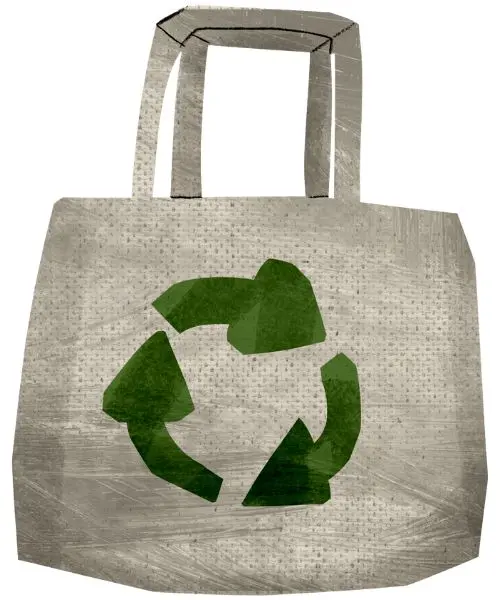
This principle emphasises the importance of maintaining the value of products, materials, and resources in the economy for as long as possible.
This can be achieved through strategies such as reuse, repair, remanufacturing, and recycling. For example, products should be are designed to be durable and to have components that can be easily upgraded, repaired, or reused, thereby extending their lifecycle.
3. Regenerating Natural Systems

A circular economy aims to do less harm to the environment by reducing down resources extracted from nature. In fact, this system also seeks to actively improve the environment.
This means adopting agricultural practices that regenerate soil and increase biodiversity, as well as returning valuable nutrients to the soil to enhance the health of ecosystems.
Benefits of a Circular Economy
1. Economic Benefits
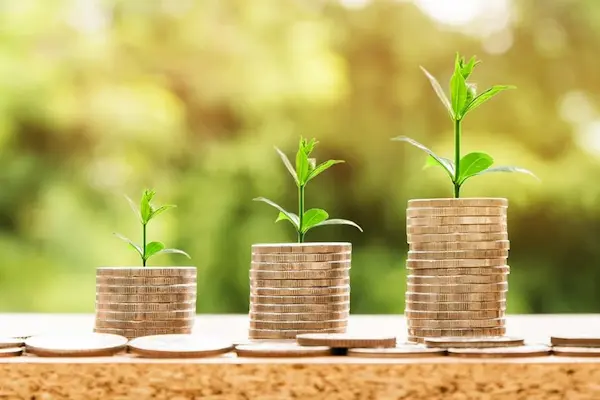
A circular economy offers significant economic opportunities by creating new markets and business models.
It drives innovation and competitiveness, opening up avenues for sustainable growth. Companies can reduce costs by minimising resource input and maximising the efficiency and value of their products.
This benefit is recognised internationally by many governments, with numerous regulatory developments seen globally to encourage the transition. For example, the EU launched their Circular Economy Action Plan in 2020, targeting sustainable economic growth as one of the key benefits.
2. Environmental Benefits
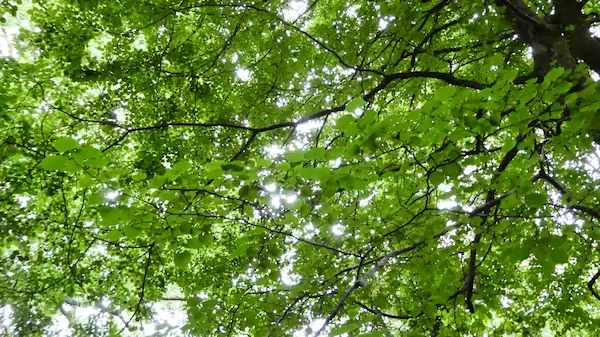
By reducing waste, minimising resource extraction, and lowering carbon emissions, a circular economy can significantly mitigate environmental impacts.
It helps in conserving natural resources, reducing pollution, and combating climate change. For instance, using secondary materials rather than raw ones can lower greenhouse gas emissions and decrease energy consumption, supporting achievement of Carbon Net Zero.
3. Social Benefits

The transition to a circular economy can create new jobs and skills in areas such as recycling, repair, and re-manufacturing.
Part of the focus during this job creation is to promote a more equitable distribution of resources and supports community resilience, boosting social sustainability.
Additionally, it fosters a cultural shift towards sustainable consumption and production patterns.
Challenges in Implementing a Circular Economy
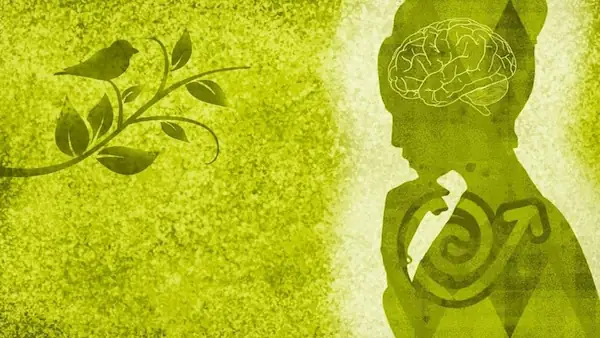
1. Regulatory and Policy Barriers
Existing regulatory frameworks often do not support circular practices.
Policymakers need create conducive environments by incentivising circular activities, setting standards, and removing barriers.
Recognition of this challenge has made Circular Economy a key professional development (CPD) growth area for those working in Sustainability job roles.
2. Technological and Infrastructure Hurdles
The transition requires substantial investments in technology and infrastructure to support recycling, remanufacturing, and reverse logistics.
Developing these systems can be resource-intensive and complex.
3. Consumer Behaviour and Cultural Change
Changing consumer habits and societal attitudes towards ownership, consumption, and waste is essential but challenging.
Education and awareness campaigns are necessary to drive the adoption of circular practices.
4. Collaboration Across Sectors
Effective circular economies require collaboration between businesses, governments, and consumers.
Building partnerships and fostering cooperation across different sectors and supply chains is critical to creating a cohesive circular system.
Transition Strategies to a Circular Economy
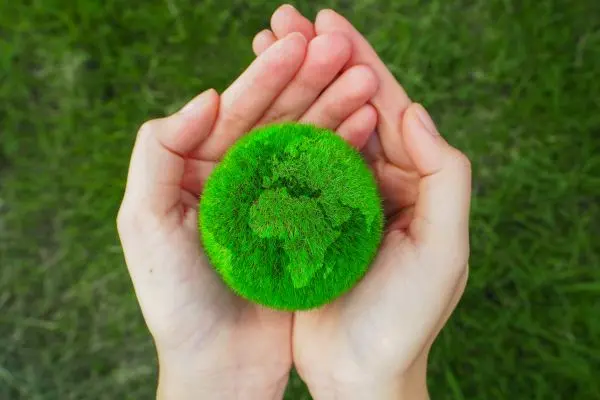
1. Circular Design and Innovation
One of the core strategies involves rethinking the design of products. This requires innovative approaches that prioritise durability, modularity, and ease of disassembly.
Companies are encouraged to develop new materials that are safe, sustainable, and fully recyclable or biodegradable.
2. New Business Models
The circular economy promotes new business models that support the principles of reuse, sharing, and longevity.
Examples include product-as-a-service models, where consumers lease or rent products rather than owning them. This ensures that manufacturers retain ownership and responsibility for the product lifecycle, incentivising them to create longer-lasting, repairable goods.
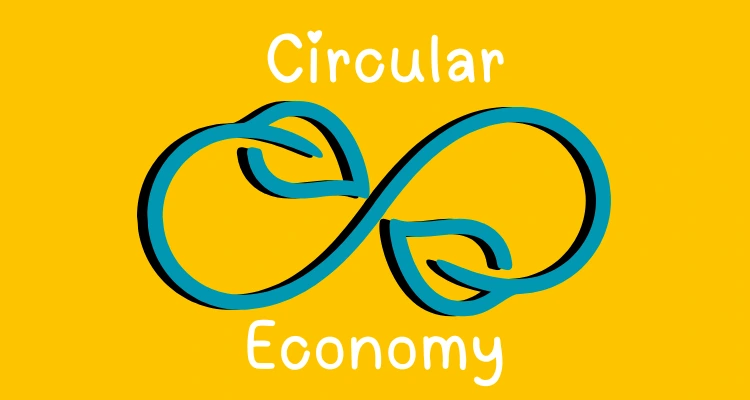
3. Reverse Logistics and Material Recovery
Efficient systems for collecting and recycling materials are critical.
This involves developing robust reverse logistics systems that facilitate the return and recovery of products and materials.
Companies invest in infrastructure to collect used products, sort them, and process them for reuse or recycling.
4. Collaborative Consumption
The sharing economy plays a vital role in circular economic models.
Platforms that enable the sharing, swapping, or renting of products help to maximise the utility and lifespan of items. This reduces the need for new products and decreases waste.
Circular Economy: Part of a Sustainable Future

The circular economy offers a comprehensive and sustainable framework for rethinking our current economic model.
By focusing on designing out waste, keeping products in use, and regenerating natural systems, it promises substantial economic, environmental, and societal benefits. Recognition of these benefits has made strengthening the circular economy a key emerging sustainable trend.
However, realising this vision requires overcoming significant challenges and necessitates coordinated efforts from all stakeholders involved.
Let us know your thoughts on the circular economy below! How could this approach benefit you and what challenges do you see to achieving this aim?



